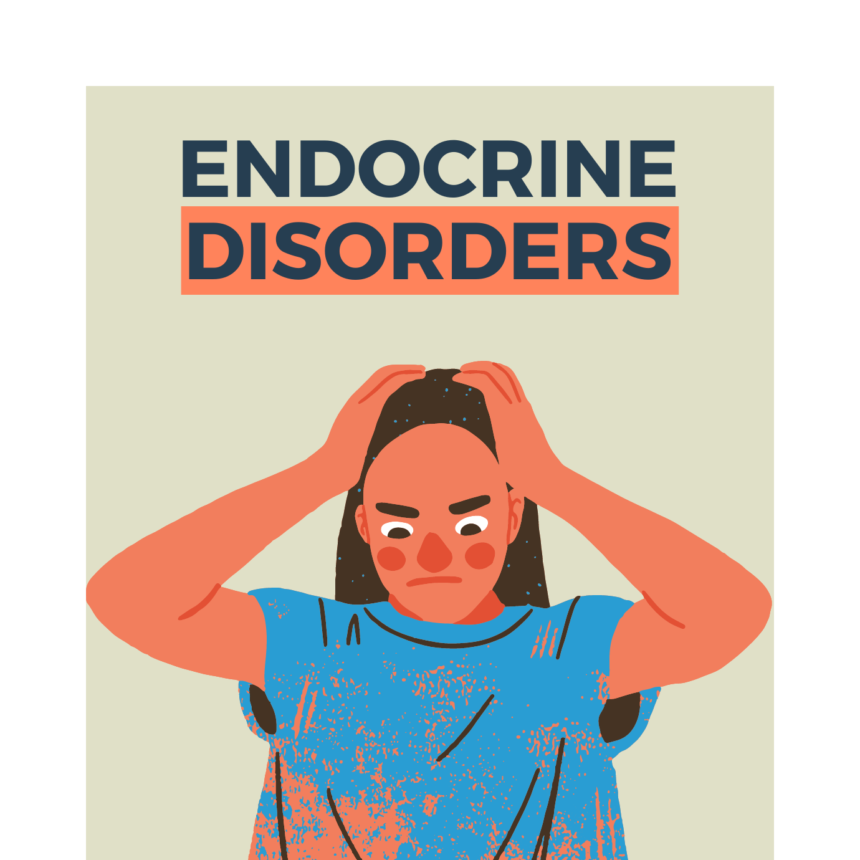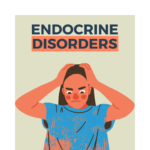Endometriosis is a complex and often painful medical condition that affects millions of individuals, primarily those of reproductive age. In this article, we will explore the fundamentals of endometriosis, including its causes, symptoms, diagnosis, and available treatment options.
Understanding Endometriosis:
Endometriosis is a chronic medical condition where tissue similar to the lining of the uterus, called endometrial tissue, begins to grow outside the uterus. During a typical menstrual cycle, the endometrial tissue thickens, breaks down, and is shed through menstruation. However, in individuals with endometriosis, this tissue behaves abnormally, leading to various complications.
Common Causes and Risk Factors:
While the exact cause of endometriosis remains unknown, several factors are thought to contribute to its development:
- Retrograde Menstruation: This theory suggests that during menstruation, some menstrual blood flows backward through the fallopian tubes into the pelvic cavity. The endometrial cells in this blood can then attach to the pelvic organs and grow.
- Genetics: Endometriosis often runs in families, indicating a genetic predisposition to the condition.
- Immune System Dysfunction: A weakened immune system may fail to recognize and eliminate endometrial tissue growing outside the uterus.
Common Symptoms:
Endometriosis can manifest with various symptoms, which may include:
- Pelvic Pain: This is the most common symptom and is often described as a deep, aching pain in the pelvis, lower back, or abdomen.
- Dysmenorrhea: Severe menstrual cramps that may begin before and extend beyond the menstrual period.
- Painful Intercourse: Pain during or after sexual intercourse, particularly deep penetration.
- Abnormal Bleeding: Heavy menstrual bleeding or bleeding between periods.
- Digestive Issues: Some individuals with endometriosis experience digestive problems such as diarrhea, constipation, or bloating, especially during menstruation.
- Fertility Challenges: Endometriosis is a leading cause of infertility in women due to the scarring and adhesions it can create in the pelvic region.
Diagnosis and Treatment:
Diagnosing endometriosis often involves a combination of medical history, symptom assessment, and imaging studies like ultrasound or MRI. However, the only definitive way to diagnose endometriosis is through laparoscopy, a surgical procedure in which a tiny camera is inserted into the abdomen to visualize and confirm the presence of endometrial tissue outside the uterus.
Treatment options for endometriosis aim to manage symptoms and, in some cases, improve fertility. They include:
- Pain Medications: Over-the-counter or prescription pain relievers to manage discomfort.
- Hormonal Therapies: Birth control pills, hormonal IUDs, or GnRH agonists may help regulate hormones and reduce pain.
- Surgery: Laparoscopic surgery to remove endometrial tissue, adhesions, or cysts.
- Fertility Treatments: For individuals struggling to conceive, assisted reproductive technologies like in vitro fertilization (IVF) may be recommended.
Conclusion:
Endometriosis is a challenging condition that can significantly impact an individual’s quality of life, causing pain and fertility issues. Early diagnosis and a personalized treatment plan can help manage the condition effectively. If you suspect you have endometriosis or are experiencing symptoms, consult with a healthcare provider for a proper evaluation and guidance on the best treatment approach.



